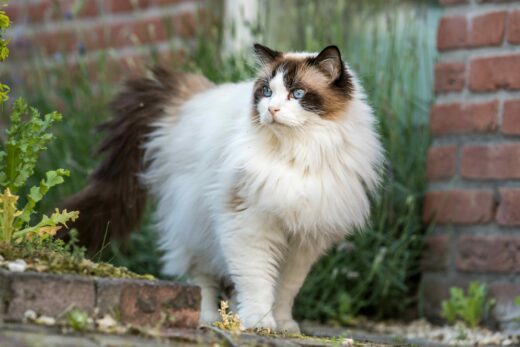
Genetics and genomics both play roles in health and disease. Genetics is the study of genes and how certain traits or conditions are passed down from one generation to another. Genomics, on the other hand, focuses on studying of a person’s genes (the genome).
Difference between genetics vs. genomics
Feline genetics has been a growing area of research since the late 1800s when DNA was first discovered. Early studies of cat genetics focussed on comparing groups of pedigree cats to study their coat color, heritable health conditions and breed-specific characteristics which could be traced back to known genes. This important work on functional traits helped establish the foundation for the field of genetics in both humans and cats.
In the 1900s, feline genetics research slowed down in part due to restricted movement between countries due to WWI/II as well as due to the challenges of finding an adequate number of pedigree cats with the same heritable genes for researchers to study.
Genomics is a relatively new field that attempts to understand the entire genome of a living organism. The cat genome was first sequenced in 2007 using DNA from an inbred female Abyssinian, and the current cat genome was made public in 2011.
After the sequencing of the feline genome, geneticists were able to study genetics at a much faster rate. Genome-Wide Association Studies (GWAS) allowed geneticists to discover more about the evolution of species and genetic conditions in both humans and cats. As a result, researchers were able to discover tiny mutations (SNPs) and larger sections of well-conserved regions in the DNA (haplotypes), understand how they affected the appearance (phenotype) and genetic composition (genotype) of humans and cats, in addition to known traits and the genes that encoded them. These experiments also required much fewer animals since a cat with a trait of interest (i.e. diseases, recessive or dominant traits, coat color etc.) could be referenced to the published feline genome without needing to test additional healthy cats.





